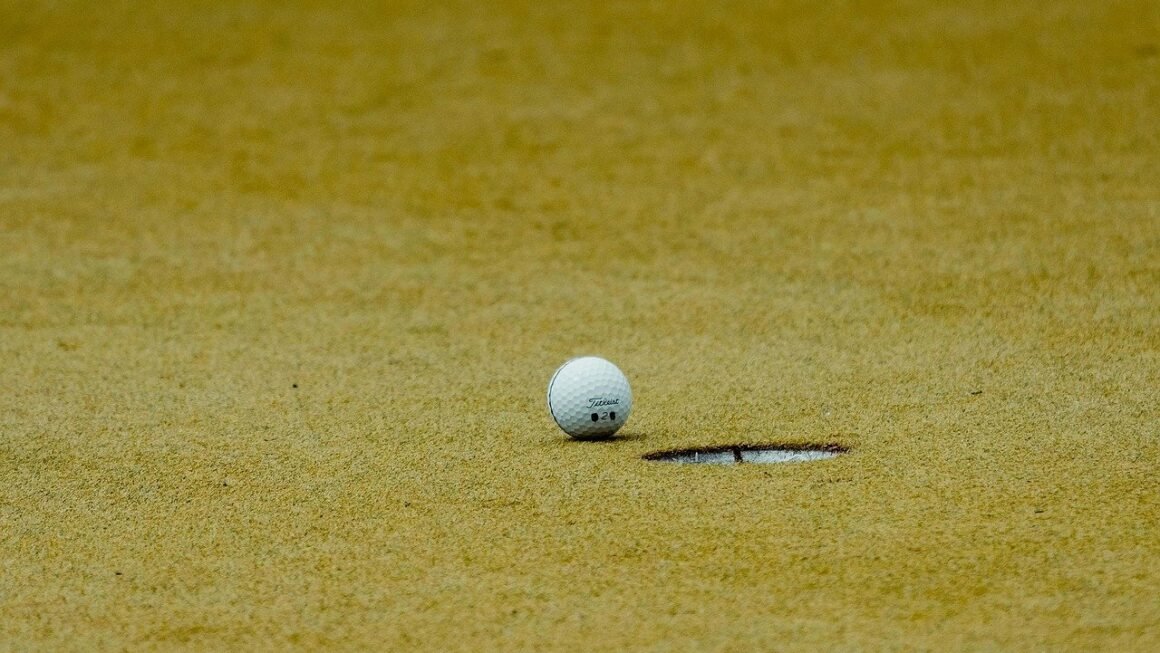Archery, the art and science of propelling arrows with the aid of a bow, has captivated humans for millennia. From ancient hunting techniques to modern Olympic sport, its rich history and diverse applications continue to draw enthusiasts worldwide. Whether you’re aiming for bullseyes on the range or envisioning yourself as a skilled hunter, this comprehensive guide will provide you with a solid foundation in the world of archery.
Choosing Your Bow: A Beginner’s Guide
Selecting the right bow is crucial for a positive and successful archery experience. The market offers a wide array of options, each catering to different skill levels, budgets, and intended uses. Understanding the key differences between bow types is the first step in making an informed decision.
Recurve Bows
Recurve bows are perhaps the most iconic and traditional type of bow. They are characterized by their limbs that curve away from the archer when unstrung.
- Simplicity and Elegance: Recurve bows have a classic design and are relatively simple to operate, making them a great starting point for beginners.
- Olympic Archery: Recurve bows are the only type of bow permitted in the Olympic Games.
- Draw Weight: These bows come in various draw weights, allowing archers to gradually increase resistance as they build strength and technique.
- Example: A beginner-friendly recurve bow might have a draw weight between 20-25 pounds, while experienced archers often use bows with draw weights exceeding 40 pounds.
Compound Bows
Compound bows utilize a system of cams and pulleys to reduce the amount of force required to hold the bow at full draw. This “let-off” allows archers to hold their aim steady for longer periods, increasing accuracy.
- Increased Accuracy: The let-off and advanced aiming aids contribute to the compound bow’s reputation for superior accuracy.
- Higher Arrow Velocity: Compound bows generally achieve higher arrow velocities than recurve bows, making them popular for hunting.
- Adjustability: Many compound bows offer adjustable draw lengths and draw weights, allowing for customization as the archer progresses.
- Example: Many compound bows offer a let-off percentage ranging from 70% to 90%, meaning you only need to hold 10% to 30% of the bow’s full draw weight at full draw.
Longbows
Longbows are characterized by their long, straight limbs that resemble a “D” shape when strung. They are the simplest type of bow, offering a raw and intuitive shooting experience.
- Traditional Appeal: Longbows offer a strong connection to archery’s historical roots.
- Simplicity: Their minimalist design makes them easy to maintain and transport.
- Physical Challenge: Longbows require significant strength and skill to master.
- Example: English longbows, historically used in warfare, often had draw weights exceeding 100 pounds. Modern longbows typically have draw weights ranging from 40-60 pounds for recreational use.
Essential Archery Equipment
Beyond the bow itself, several essential pieces of equipment contribute to safety, accuracy, and overall enjoyment.
Arrows
- Material: Arrows are typically made of wood, aluminum, carbon, or a combination of materials. Carbon arrows are popular for their lightweight and durability.
- Spine: The spine of an arrow refers to its stiffness. Selecting the correct spine is critical for accuracy, as it determines how the arrow flexes during flight.
- Fletching: Fletching refers to the vanes or feathers at the back of the arrow, which provide stability during flight.
- Points: Arrow points come in various shapes and weights, depending on the intended use (target shooting, hunting, etc.).
Arm Guard
- Purpose: An arm guard protects the archer’s forearm from being struck by the bowstring.
- Material: Typically made of leather or plastic.
- Proper Fit: Should fit snugly and cover the area most likely to be struck by the string.
Finger Tab or Glove
- Purpose: Protects the archer’s fingers from the bowstring.
- Finger Tab: A flat piece of leather or synthetic material that sits between the fingers and the string.
- Glove: A glove with reinforced fingertips.
- Choice: The choice between a tab and a glove is a matter of personal preference.
Quiver
- Purpose: Holds arrows for easy access.
- Types: Back quivers, side quivers, and bow quivers are all common options.
- Placement: The type of quiver and its placement depend on the archer’s shooting style and preferences.
Mastering Archery Technique
Consistent and accurate archery depends on developing proper technique. While individual styles may vary, several core principles remain essential.
Stance
- Proper Alignment: Stand with your feet shoulder-width apart, perpendicular to the target line.
- Weight Distribution: Distribute your weight evenly between both feet.
- Open or Closed Stance: Some archers prefer a slightly open stance, with the front foot slightly forward.
Grip
- Relaxed Grip: Hold the bow lightly, avoiding a tight grip. A tight grip can cause torque and negatively impact accuracy.
- Pressure Points: Focus on applying pressure to specific points on the bow grip for consistent hand placement.
Drawing the Bow
- Smooth and Controlled: Draw the bowstring back smoothly and steadily, keeping your elbow high and in line with the arrow.
- Anchor Point: Establish a consistent anchor point by bringing the bowstring to a specific location on your face (e.g., the corner of your mouth).
Aiming
- Focus on the Target: Concentrate on the target, allowing your subconscious mind to guide your aim.
- Sight Alignment (If Applicable): If using sights, align the sight pin with the target.
- Instinctive Shooting: Some archers prefer to shoot instinctively, relying on their natural aiming ability without using sights.
Release
- Clean Release: Release the bowstring smoothly and cleanly, avoiding any plucking or jerking motions.
- Follow Through: Maintain your form after the release, continuing to focus on the target.
Practicing Regularly
- Consistency is Key: Consistent practice is essential for developing and maintaining proper technique.
- Focus on Fundamentals: Concentrate on the fundamentals of stance, grip, draw, aim, and release.
- Seek Professional Guidance: Consider taking lessons from a certified archery instructor.
Safety First: Archery Range Rules
Archery, like any sport involving projectiles, requires strict adherence to safety protocols to prevent accidents and injuries.
Dry Firing
- Never Dry Fire: Never release the bowstring without an arrow loaded. Dry firing can damage the bow and potentially cause injury.
Target Backstops
- Always Use Backstops: Ensure that you are shooting at a target with a suitable backstop to stop arrows that miss the target.
Clear Range
- Ensure a Clear Range: Before shooting, ensure that the range is clear of people and obstacles.
Arrow Retrieval
- Wait for the All Clear: Never walk downrange to retrieve arrows until everyone has finished shooting and the “all clear” signal has been given.
Bow Maintenance
- Regular Inspection: Regularly inspect your bow and arrows for any signs of damage.
- Professional Servicing: Have your bow professionally serviced at least once a year.
Conclusion
Archery offers a rewarding and engaging experience for people of all ages and skill levels. By understanding the different types of bows, mastering essential techniques, and prioritizing safety, you can embark on a fulfilling journey into this ancient and captivating art. Whether you aspire to compete in tournaments, hunt game, or simply enjoy the challenge of hitting the bullseye, archery provides a unique opportunity to connect with history, nature, and your own inner focus. So, grab a bow, aim true, and experience the thrill of archery for yourself!



